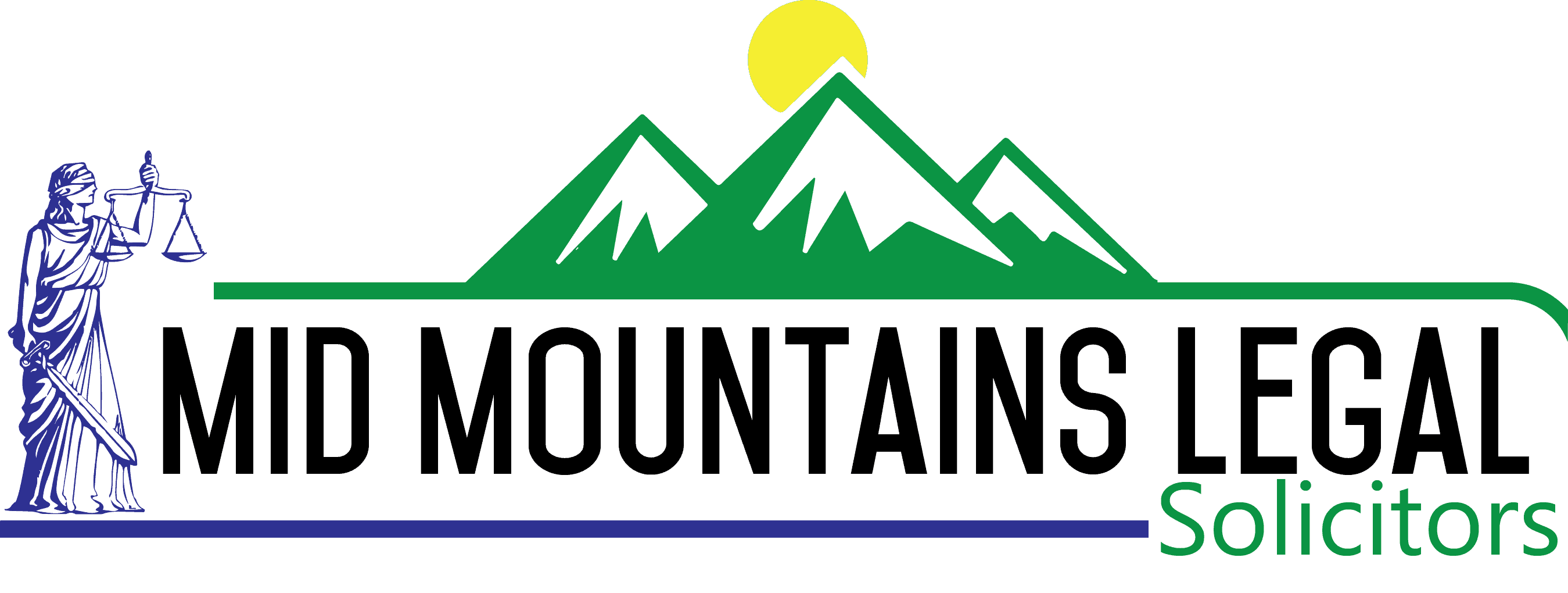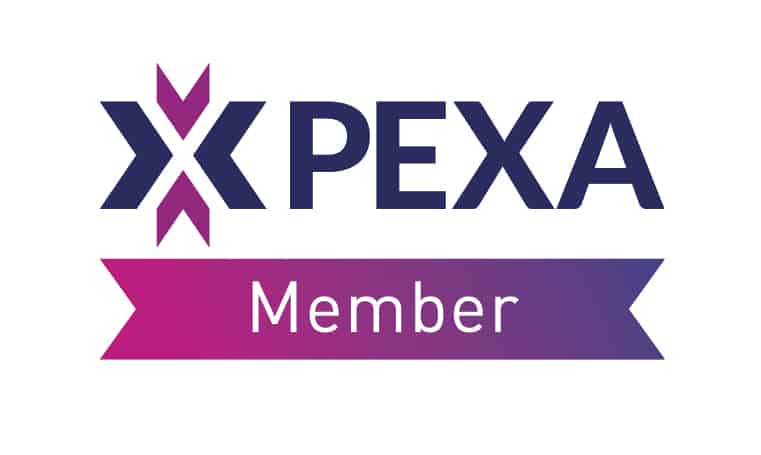An executor or administrator is responsible for:
- managing the taxes of the deceased estate; and
- lodging a tax return for the deceased person and their estate for the financial year.
This article outlines how to lodge a tax return for a deceased estate and for the deceased person, touching on capital gains tax (CGT) on deceased estates and inheritance tax..

1. Notify the Australian Tax Office of the death.
If the deceased person has ever lodged a tax return and has a Tax File Number, the Australian Taxation Office (ATO) will need to be notified of their death. You can fill out the online ATO Notification of a Deceased Person form. You must also make an interview appointment at any Australia Post retail branch within 30 days of completing the online form taking with you your supporting documents.
Alternatively, download a paper form, fill it out and mail it to the ATO, together with certified copies of your supporting documents.
2. Compile inventory of asset & liabilities.
The deceased estate will be made up of various assets and liabilities (i.e. debts). Before you start preparing a tax return, compile an inventory of these to help you understand the financial value of the estate.
Estates often include bank accounts, real estate, investments and trusts, and personal loans, mortgages and other debts.
3. Determine tax on inheritance.
There is no inheritance tax in Australia on property inherited from a deceased estate. However, some taxes may apply to the estate.
You may need taxation advice concerning possible tax implications and the types of taxes that may apply to the deceased person and to the estate (e.g. capital gains tax and taxation implication in other countries).
Transfer of deceased estate assets.
As part of the deceased estate administration, funds and assets may be transferred from:-
- estate to executor/administrator/next of kin in trust;
- estate to beneficiary; or
- executor/administrator/next of kin to beneficiary.
Who pays these taxes and tax rules may vary in each situation. The ATO outlines the types of taxes that may apply to a deceased estate or beneficiaries:-
Income Tax.
Income tax is the most common form of tax, payable by anyone in Australia who is required to pay tax on earnings of any kind. This is often through a salary, rental income, interest, business or partnership income, and investment returns or dividends.
If the estate is generating income in the deceased’s sole name during the estate administration process (e.g. rent from investment properties, bank account interest, and other investment dividends) then income tax applies.
Company Tax.
If the deceased owned and ran their own business which is sold or gifted to a beneficiary, the new business owner must continue to pay company tax.
Capital gains tax.
CGT is the tax paid on any profit from the sale of certain assets (e.g. shares or real estate). CGT doesn’t usually apply when you inherit an asset. However, on the sale of the asset, it is applied to the difference between the asset’s value when acquired and the sale price.
When someone makes a capital gain, it is added to their assessable income and may significantly increase the tax payable in their personal income tax return.
There are two exceptions to this rule:-
- where the beneficiary sells the inherited property within two years of the deceased person’s date of death; and
- if the inherited property is gifted to a beneficiary who lives outside of Australia.
You may need to consult with an accountant if you have any questions about CGT. You could also call the ATO on 13 28 61 or visit the ATO website.
CGT on real estate.
Whether real estate was the deceased person’s principal place of residence or an investment property will determine the potential capital gains position of the deceased’s estate.
If the deceased’s home was their principal place of residence and was sold during the estate administration process, most likely CGT will not apply. The date of sale (i.e. the exchange date) rather than the settlement date determines the financial year in which capital gains must be disclosed.
This process can get quite complicated, particularly when multiple properties are being sold. If in doubt, consult an accountant.
A list of assets which are subject to and exempt from CGT is available on the ATO website.
Other assets and taxes.
There is no tax on any inheritance or gift in Australia. Usually, inherited cash will not be classified as income and so won’t attract CGT. However, some income taxes may begin to apply once the funds earn interest in the beneficiary’s bank account. This also applies to income on funds held in a trust.
Tax on superannuation.
Superannuation doesn’t generally form part of the deceased estate. However, if the deceased’s superannuation death benefit is paid to a non-dependent person it can only be paid as a lump sum and taxed at up to 32% on the taxable component.
If this is the case, or if the deceased held a Self-Managed Super Fund (SMSF), you should seek advice from a specialist tax professional concerning the applicable tax rate.
4. Prepare the tax return.
After you’ve notified the ATO of the death of the deceased, the ATO should confirm via post that you are recognised as the authorised contact, after which you may act on behalf of the deceased regarding their tax dealings.
This includes preparing and lodging:
- any outstanding tax returns for the deceased from previous financial years; and/or
- a tax return for the deceased (a date of death tax return); and
- a deceased estate tax return.
If you can’t find the documents you need and you have the deceased’s Tax File Number (TFN), you can ask the ATO if and when the deceased’s last tax return was lodged.
Tax returns completed on behalf of a deceased person must be completed using the ATO paper forms, rather than be submitted online. They are due for lodgement by 31 October of that financial year, for the financial year ending on 30 June (as per the usual individual tax return lodgement deadline).
When completing the tax returns, write the words ‘DECEASED ESTATE’ on the top of the page. In some circumstances, you may need to apply for a TFN for the estate.
5. Lodge a final estate tax return.
Once you have filed a tax return for the deceased and paid all debts, you can lodge a final estate tax return, or ‘trust tax return’.
A final estate tax return is generally required if a sale of assets resulted in capital gains, where the deceased estate generated profits over the Australian tax-free threshold. This can happen if the estate generated interest from bank accounts, shares or managed fund investments; sold appreciating assets such as real estate; or received income from a business or franked dividends; or any other form of income as defined by the ATO.
You will need to obtain a tax assessment to identify how much tax is payable from the estate. Once you know that, you can choose to either pay it immediately or set aside that amount before distributing assets to beneficiaries.
Lodging a tax return for a deceased estate.
The executor or administrator is responsible for lodging a tax return for the deceased person and estate for the financial year ending on 30 June. Deceased estates are subject to the ATO’s usual individual tax return lodgement deadlines (to be lodged by 31 October that year). If you are worried you will not be able to complete and submit the tax return before the deadline, call the ATO on 13 28 61 for a deferral. For further information on tax returns and taxation matters for deceased estates, call the ATO on 13 28 61 or visit the ATO website.

Where to now?
Contact us if you need help with any stage of the estate planning or estate administration process.




